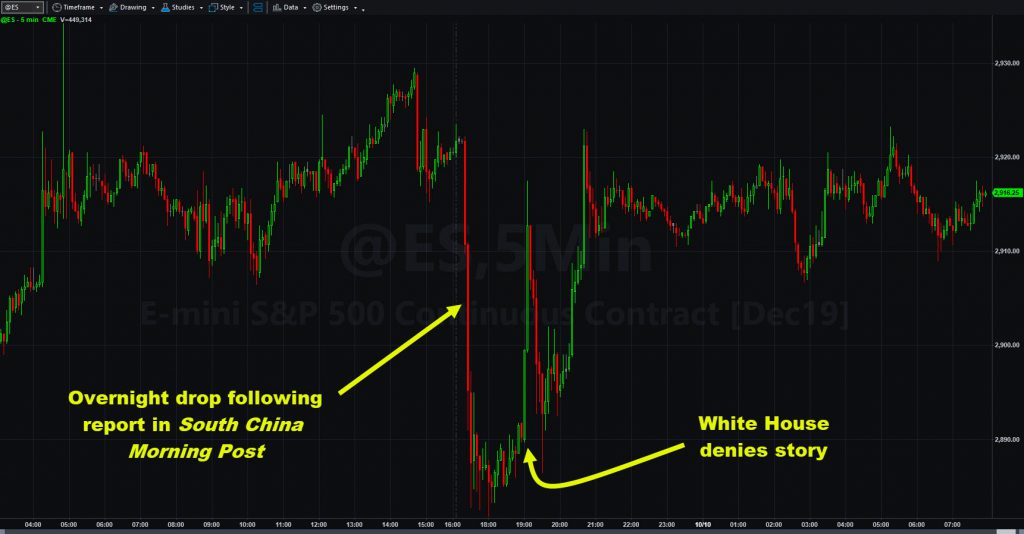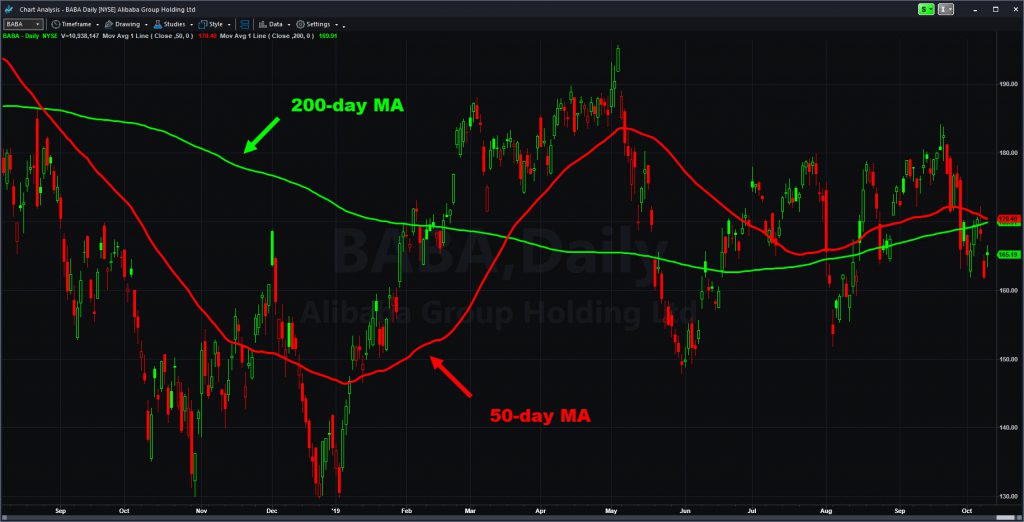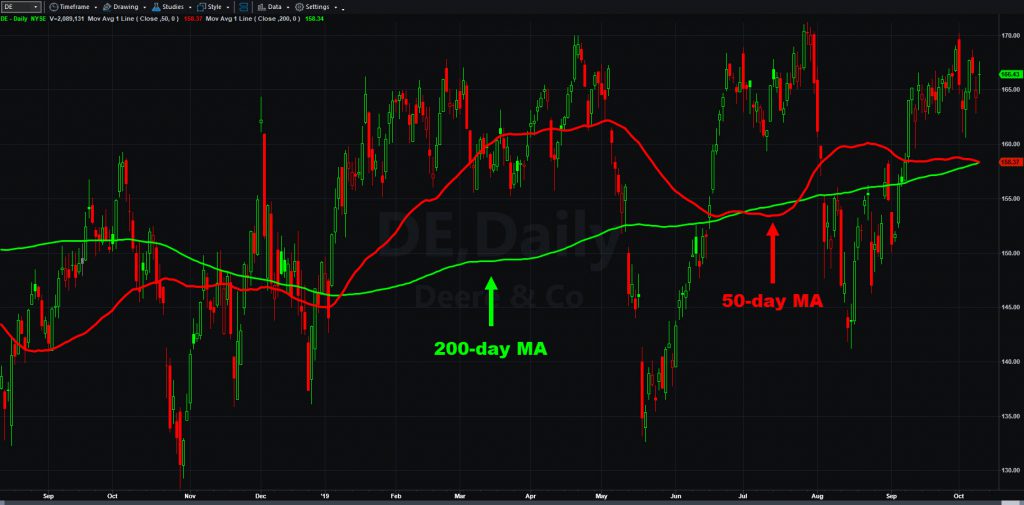Key talks with China begin today, and things are already off to a crazy start.
Last night, reports from Asia said the meetings had pretty much failed before they even started. Stock futures crashed immediately, then roared back after the White House denied the story.
While dramatic, the uncertainty is typical of President Trump’s trade war against the world’s No. 2 economy. The struggle began about 18 months ago with steel, before spreading to a wide range of other products like machinery and electronics. Along the way there’s been plenty of bluffing, blacklisting, threats and reversals.
The big question now is whether new duties — already announced — will take effect on October 15 and December 15. Investors will probably breathe a sigh of relief if they’re removed and money could flow back to equities. But if they remain, the market could swiftly price in a worsening of the trade war.

How will we know? In the near term, attention focus on Vice Premier Liu He’s meetings in Washington. Traders may view it bullish if he stays for a presidential visit tomorrow because that would signal successful talks. Just the opposite would be true if he leaves early.
Tech Stocks in Focus
Technology stocks are a key sector to watch, especially semiconductors. The industry not only does about half its business in Asia. Its future growth, especially the rollout of 5G networking, is heavily intertwined with Chinese companies.
Investors got a big reminder of that on September 26, when memory-chip maker Micron Technology (MU) warned that Trump’s ban on Huawei hurt demand. MU had its biggest drop in more than four years the next session.

Chinese technology stocks, especially Alibaba (BABA) and JD.com (JD), are other names to watch. Calming tensions between the U.S. and Beijing would probably restore confidence. But if things go the opposite direction, investors may worry about limits on U.S. investments. That could be huge.
Banks and Industrials
Banks and industrials could be other big movers on China news, especially because of their ties to economic growth.
Remember U.S. tariffs have hurt confidence not just in Asia, but also in Europe. Global growth estimates and interest rates have been falling all year. An end to the trade war would likely bring money back to those sectors that benefit from quicker growth. Industrials and financials fit that bill because a stronger economy means more manufacturing and more lending.
There are other factors too. Three major industrial companies have a direct stake in China: Boeing (BA), Caterpillar (CAT) and Deere (DE).
Second, good news on a trade deal would probably drive interest rates higher. That would steepen the yield curve and lift banking profits.
Retailers could move similarly because they face the risk of more tariffs on goods imported from China. They’re also economically sensitive.

Earnings and the Fed
Two other big events come after this week’s meeting. Companies start reporting quarterly results, with the bulk between October 21 and November 1. And the Fed has a meeting on October 30.
Normally earnings and the central bank are huge news. But this time, they could take a back seat to China. If a deal emerges, investors will likely ignore tariff worries and price in stronger growth down the road. But if tensions worsen, don’t be surprised if every management team blames weak business on tariffs.
Ditto for the Fed. CME’s FedWatch tool now sees an 85 percent chance of a 25-basis point rate cut this month. That could go away if a trade deal emerges. Without an agreement, it could turn into a 50-basis point cut.
In conclusion, the market rarely faces this kind of uncertainty, with a single do-or-die catalyst paralyzing everything. While traders cannot predict how the negotiations will end, they can anticipate some of the key stocks and sectors that will be affected. Hopefully this post made them clear for you.



























